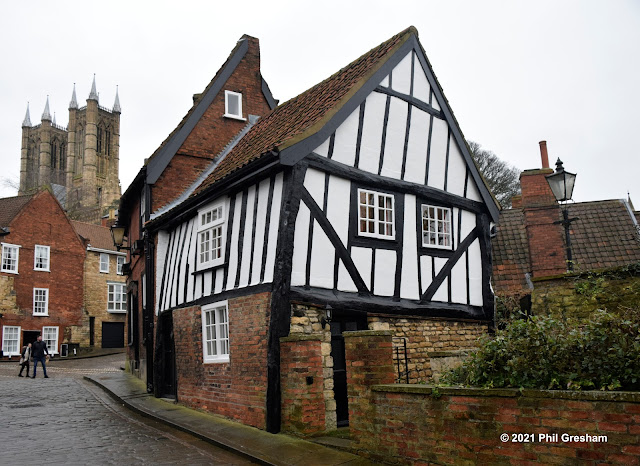Bailgate is one of the oldest streets in Lincoln, much of it approximately follows the north to south line of Roman Lindum Colonia's main street. Some of the buildings date from the 17th century, there is one shop in the street that still has its 19th century owner's name emblazoned above the window: F P Watson
Frederick Percy Watson was born in 1865 in Lincoln, his father also Frederick, was an engineers clerk.. He learned his trade at Allen & Hanbury in London, a manufacturing chemist. Allen & Hanbury were owned by a Quaker family so it is possible that Frederick's family were Quakers, particularly as Frederick's family lived in Beaumont Fee a short distance from the Quaker Meeting House.
 |
| 1894 Advert |
Henry Hyett was manager of the shop when it was owned by Charles Knowles Tomlinson and Charles John Hayward, he took over the shop in 1880 following the death of Hayward.
Frederick acquired the business at 6 Bailgate from Henry Hyett in the early 1890s, renaming it "F P Watson", the shop still bears his name 100 years after his death.Charles Knowles Tomlinson built Frederick's parents' house on Beaumont Fee, based on a design by William Watkins.















